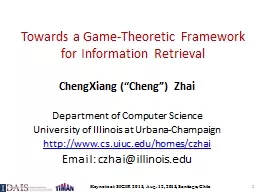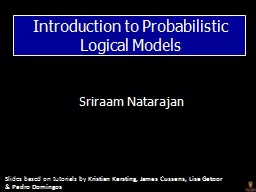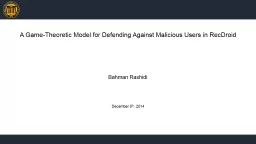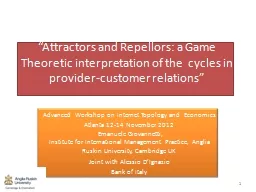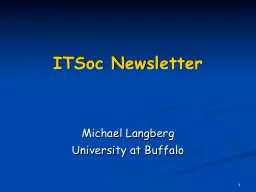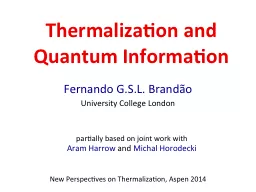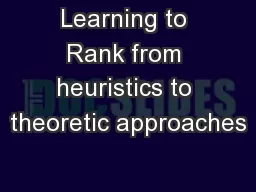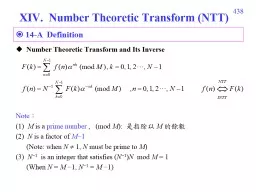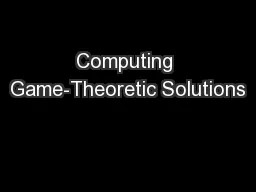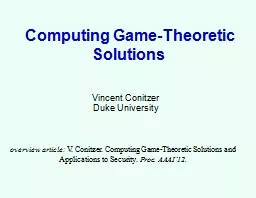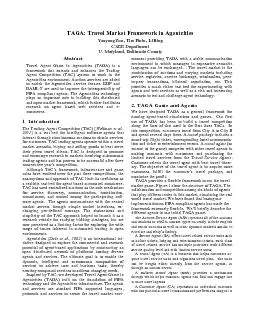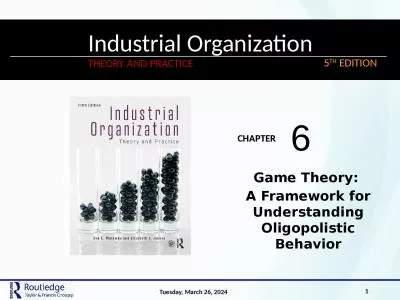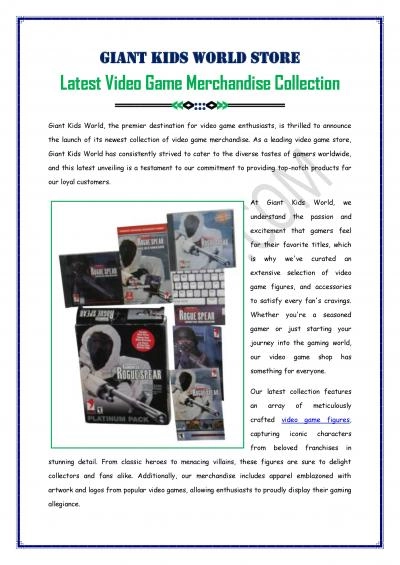PPT-Towards a Game-Theoretic Framework for Information Retrieva
Author : faustina-dinatale | Published Date : 2017-04-05
ChengXiang Cheng Zhai Department of Computer Science University of Illinois at UrbanaChampaign httpwwwcsuiuceduhomesczhai Email czhaiillinoisedu Keynote at SIGIR
Presentation Embed Code
Download Presentation
Download Presentation The PPT/PDF document "Towards a Game-Theoretic Framework for I..." is the property of its rightful owner. Permission is granted to download and print the materials on this website for personal, non-commercial use only, and to display it on your personal computer provided you do not modify the materials and that you retain all copyright notices contained in the materials. By downloading content from our website, you accept the terms of this agreement.
Towards a Game-Theoretic Framework for Information Retrieva: Transcript
Download Rules Of Document
"Towards a Game-Theoretic Framework for Information Retrieva"The content belongs to its owner. You may download and print it for personal use, without modification, and keep all copyright notices. By downloading, you agree to these terms.
Related Documents

